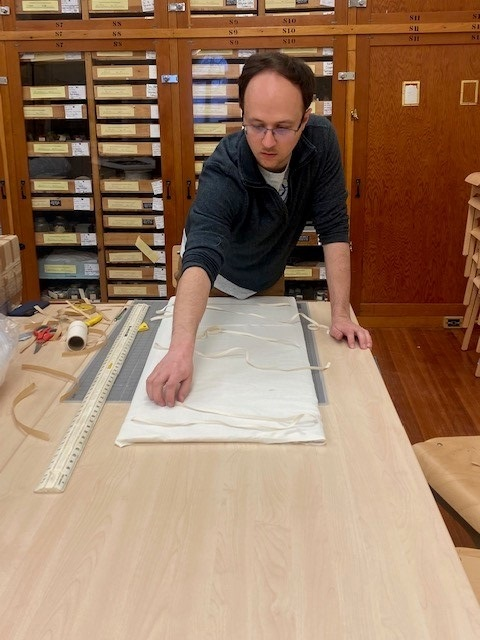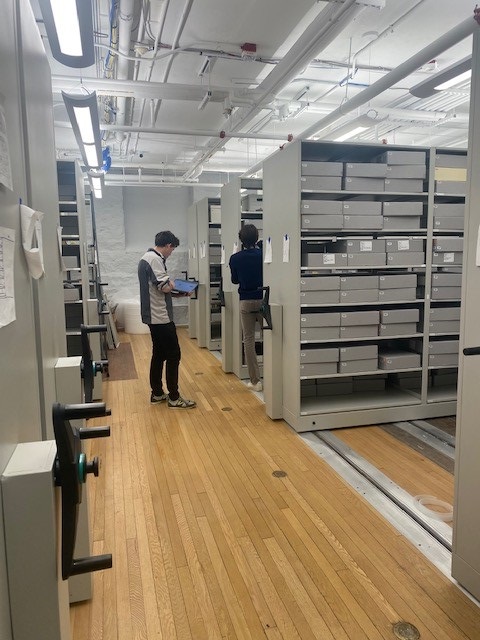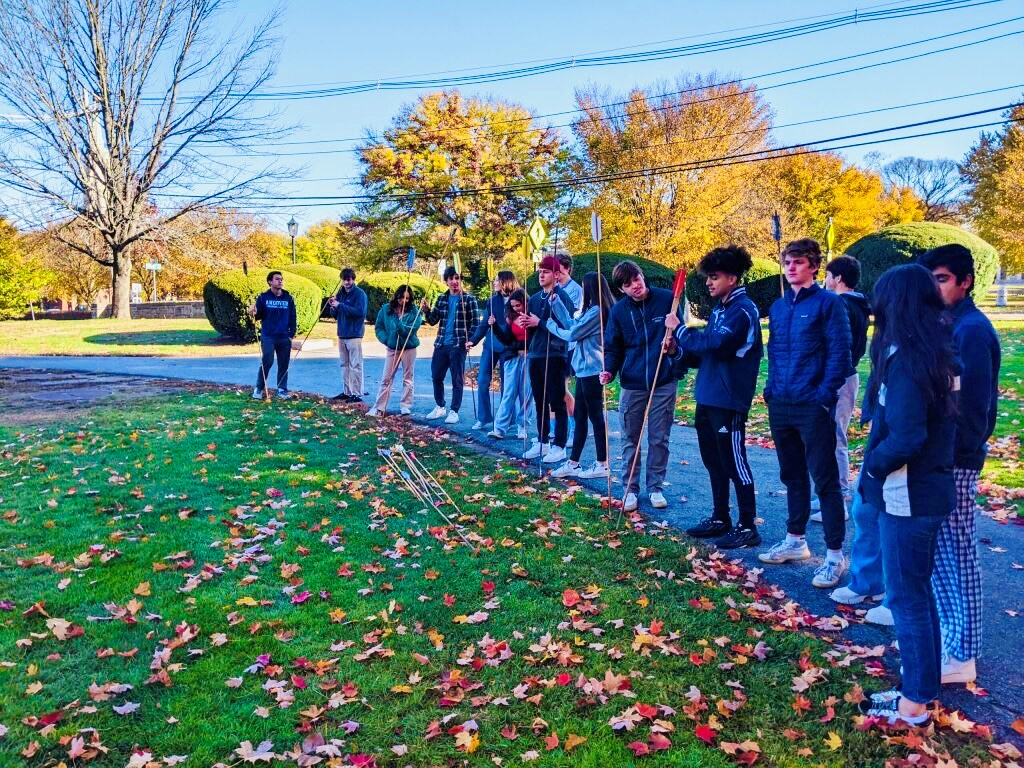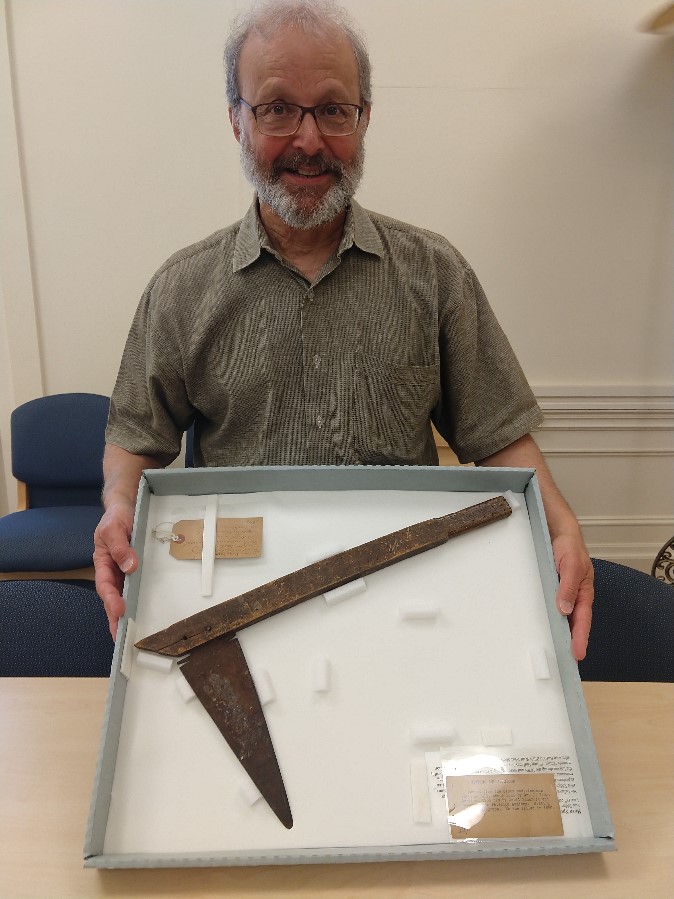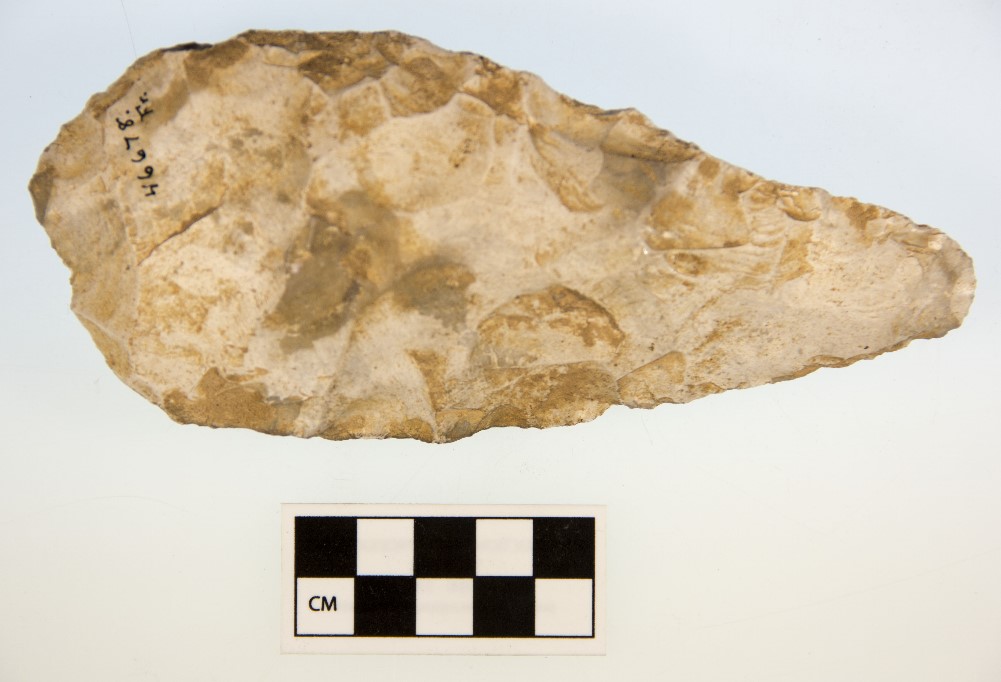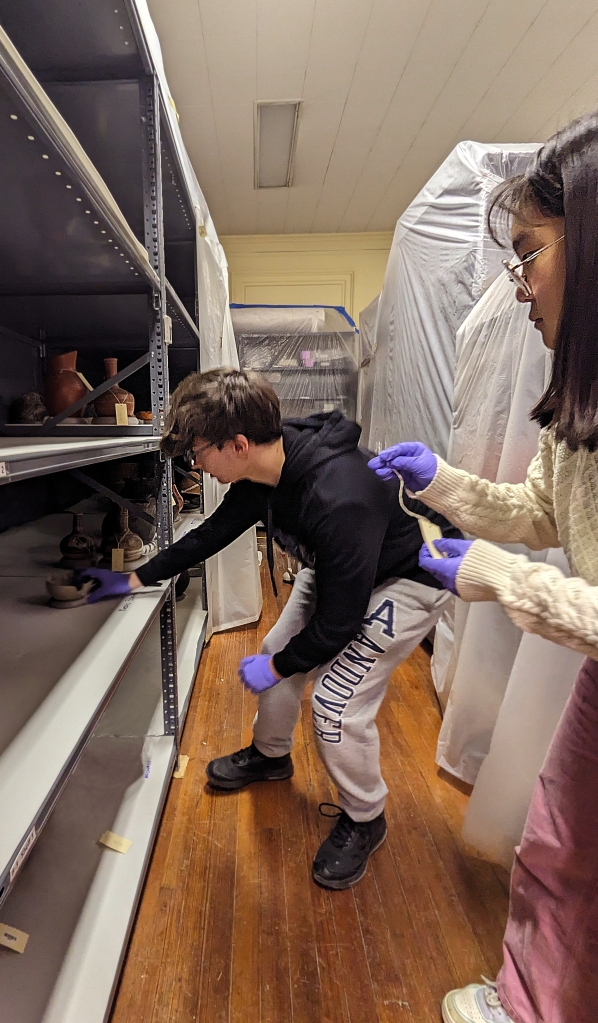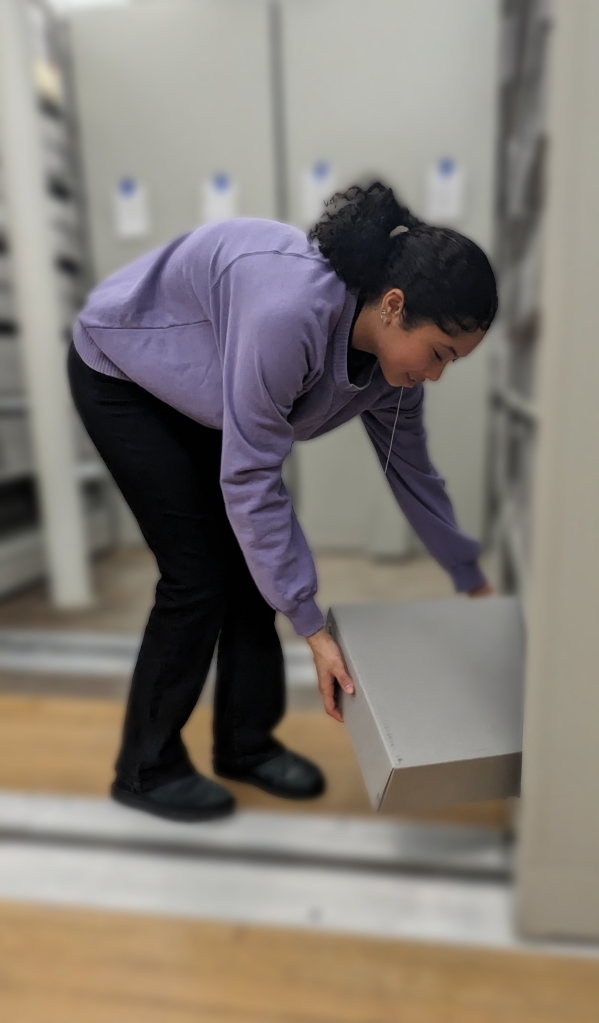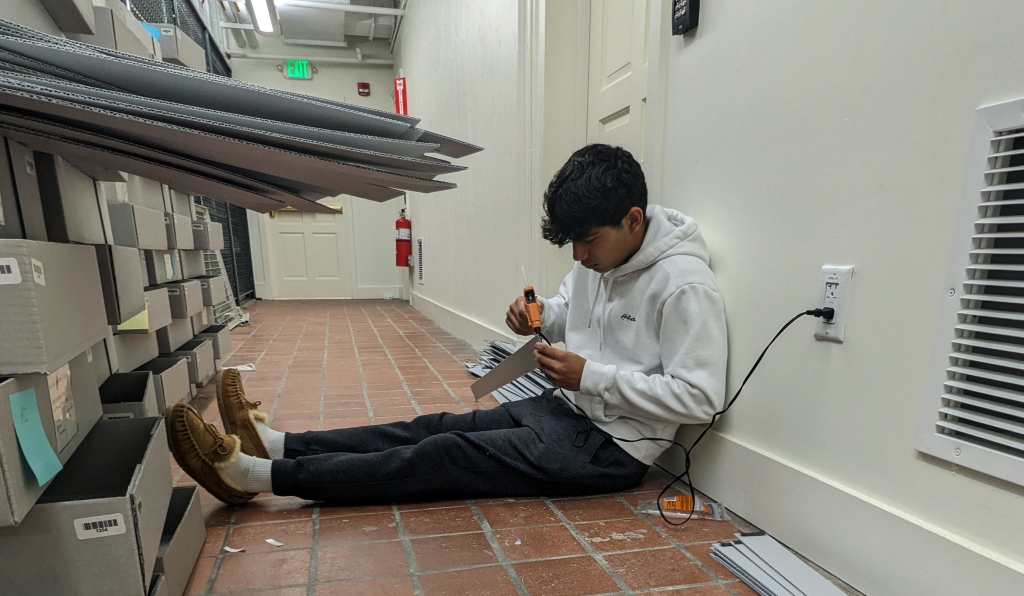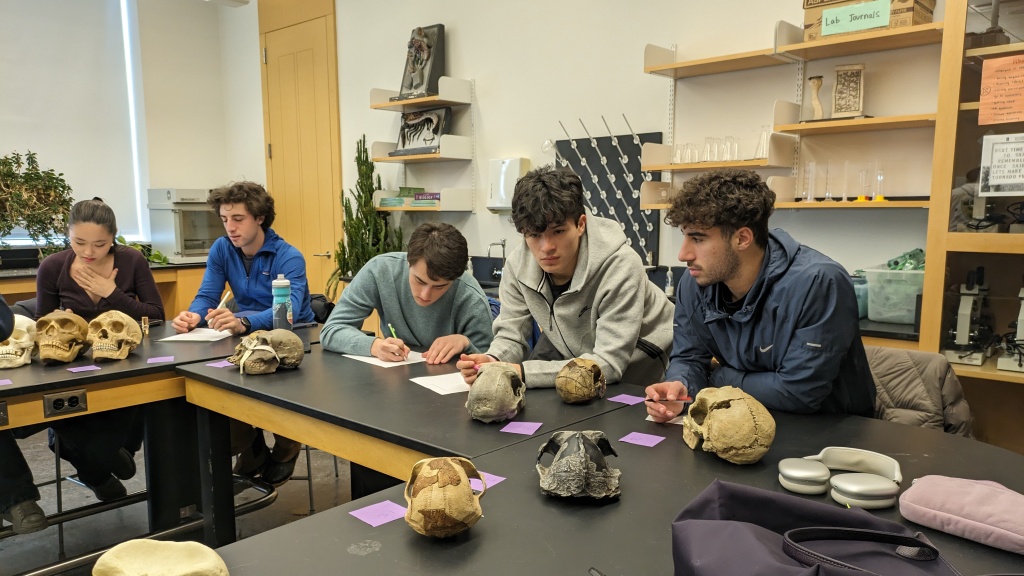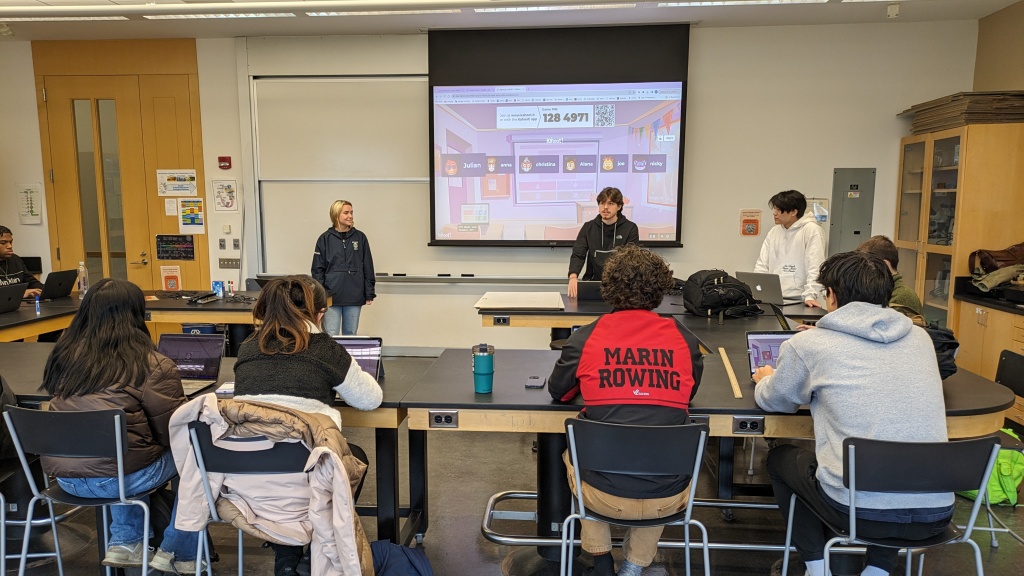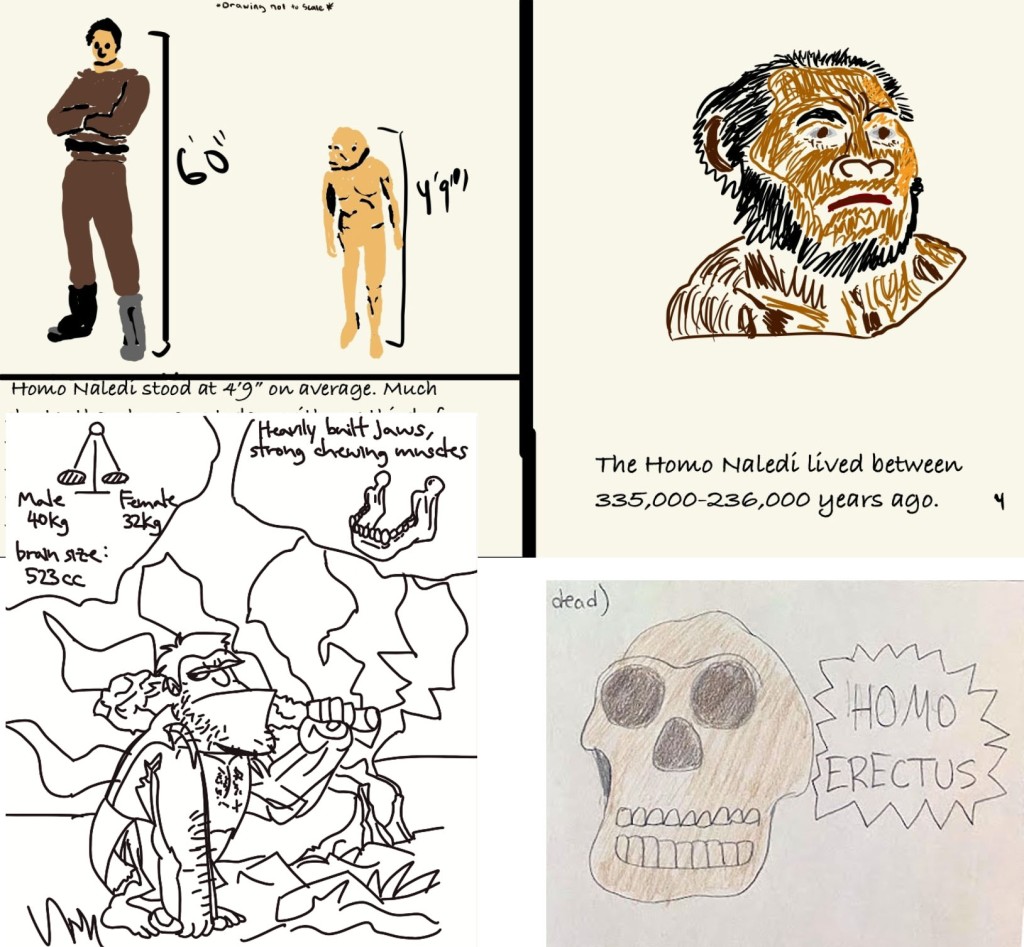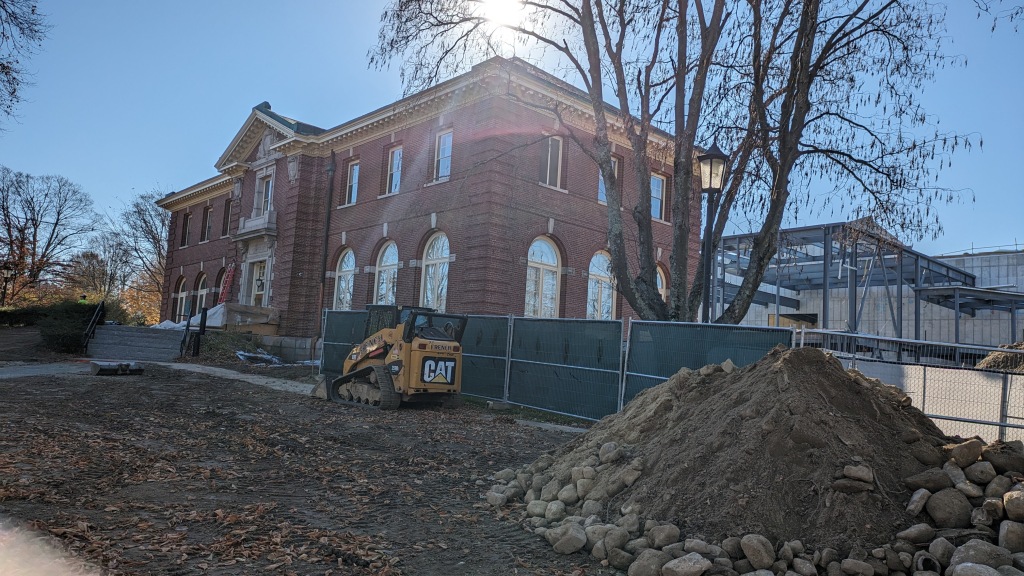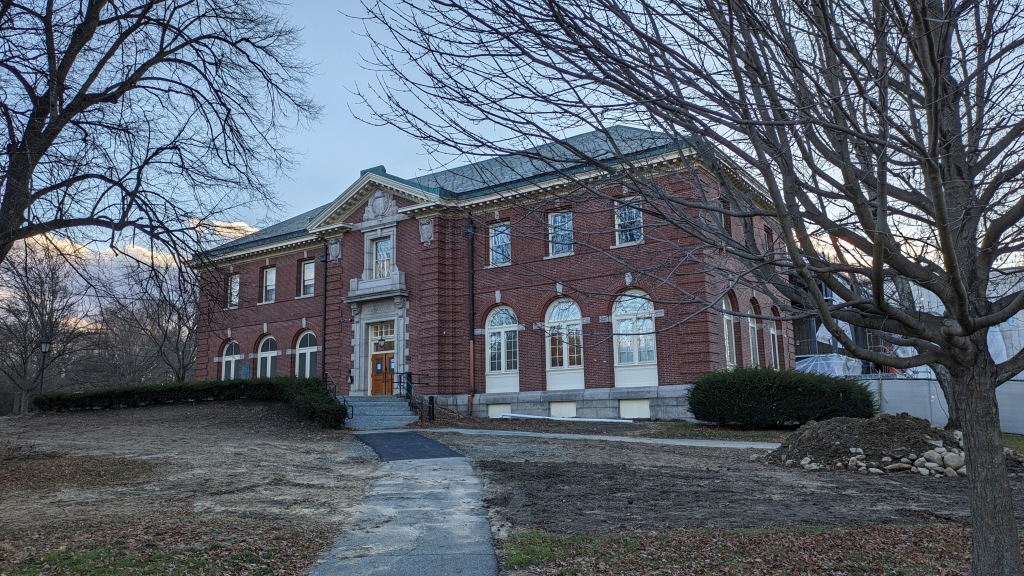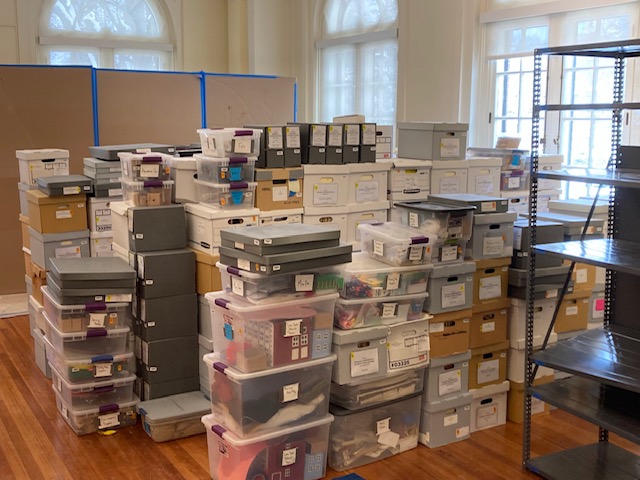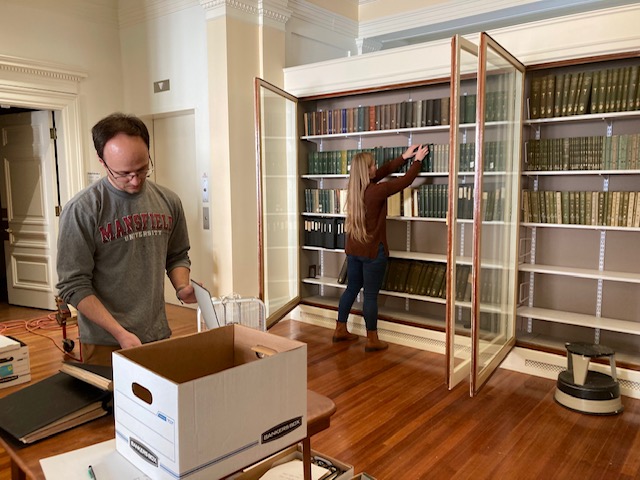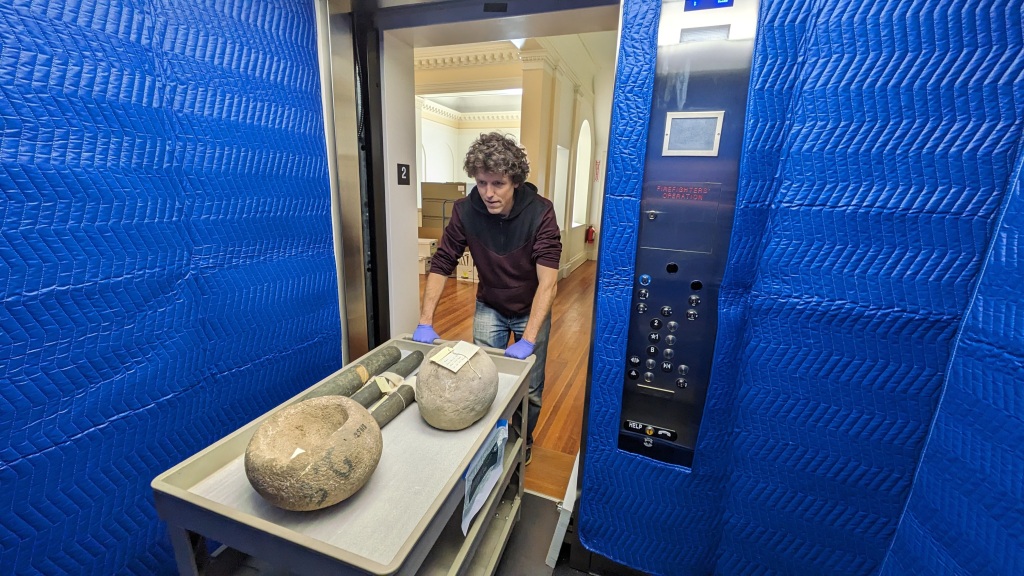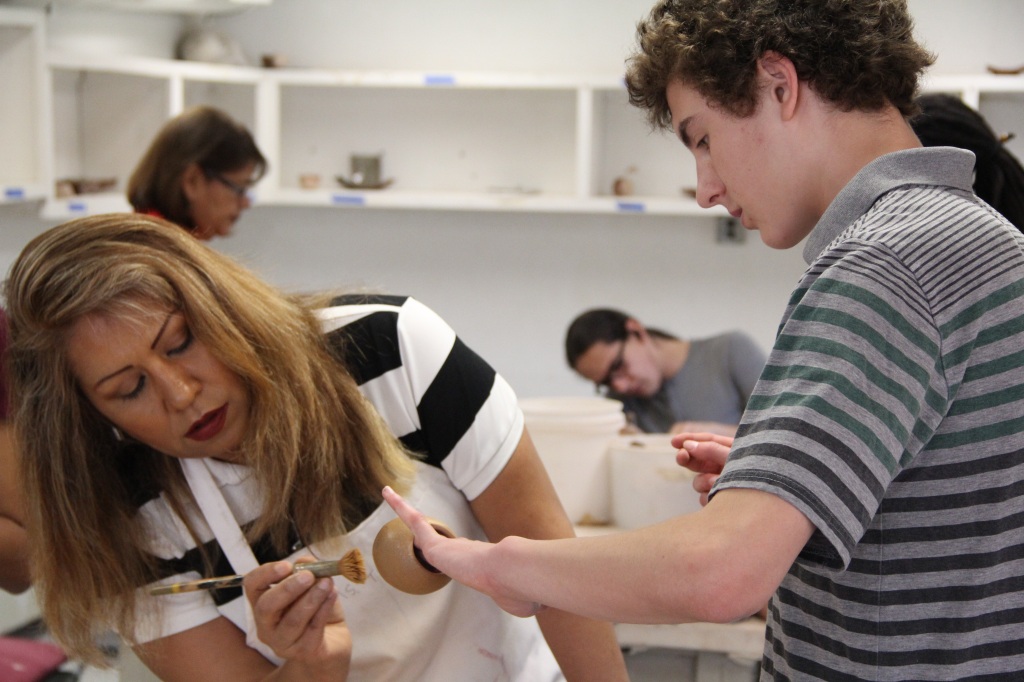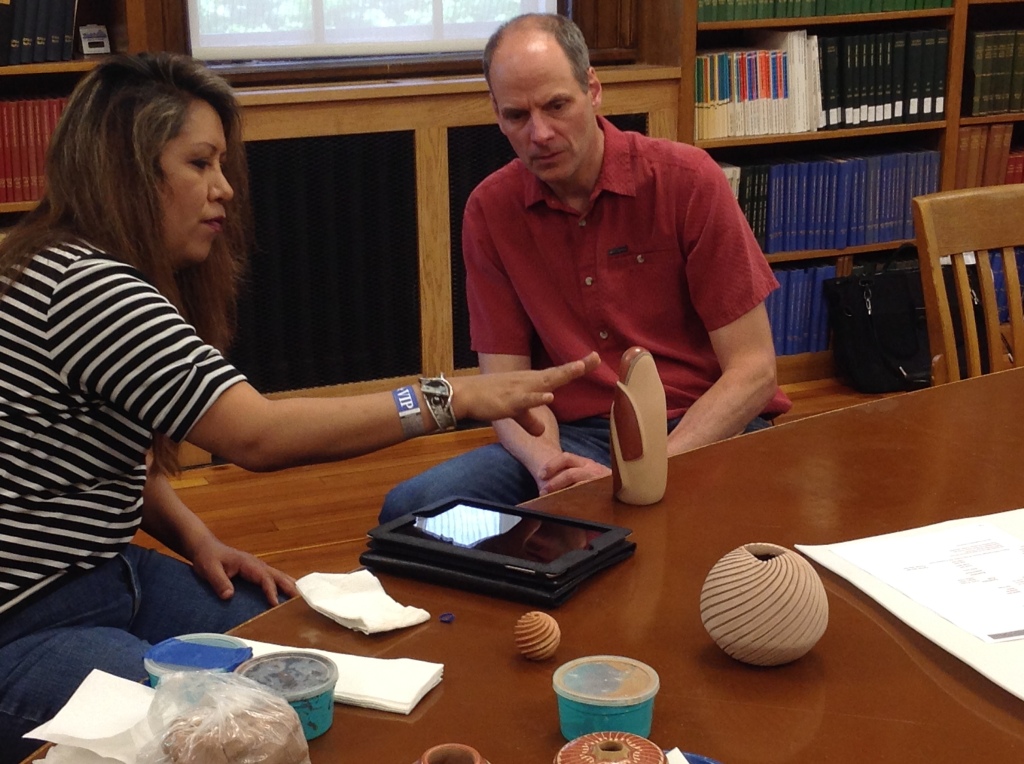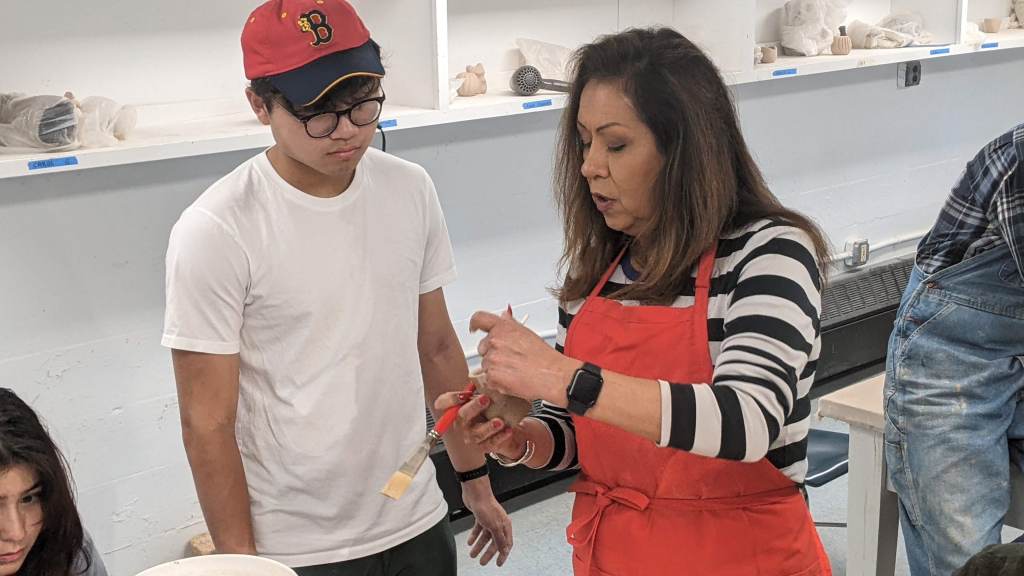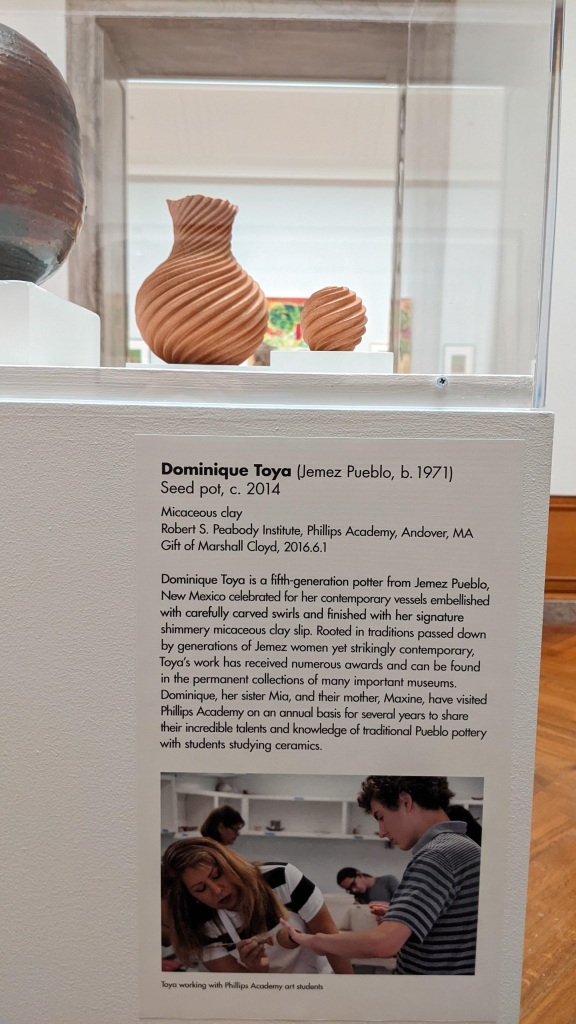Contributed by Nick Andrusin
Sometimes you find a neat thing while cleaning. Everyone has experienced this in one form or another. A missing phone charger, an old book, a hat you haven’t seen in months, etc. This happens at Phillips Academy too, but instead of an old DVD or a lost sweater…it’s an entire archeological collection.
In early 2023 Peabody Institute became the caretaker for an old collection know as the PA Classical Collection, formerly stored by the campus facilities office along with paintings, furniture, and china. It includes art and antiquities from in and around the Mediterranean region, dating from the late Bronze Age to the modern day, including items like ancient Greek pottery, Roman glassware, Late Egyptian masks, and coins from the Islamic Caliphate. Phillips Academy asked the Peabody Institute if we could house and look after the collection.
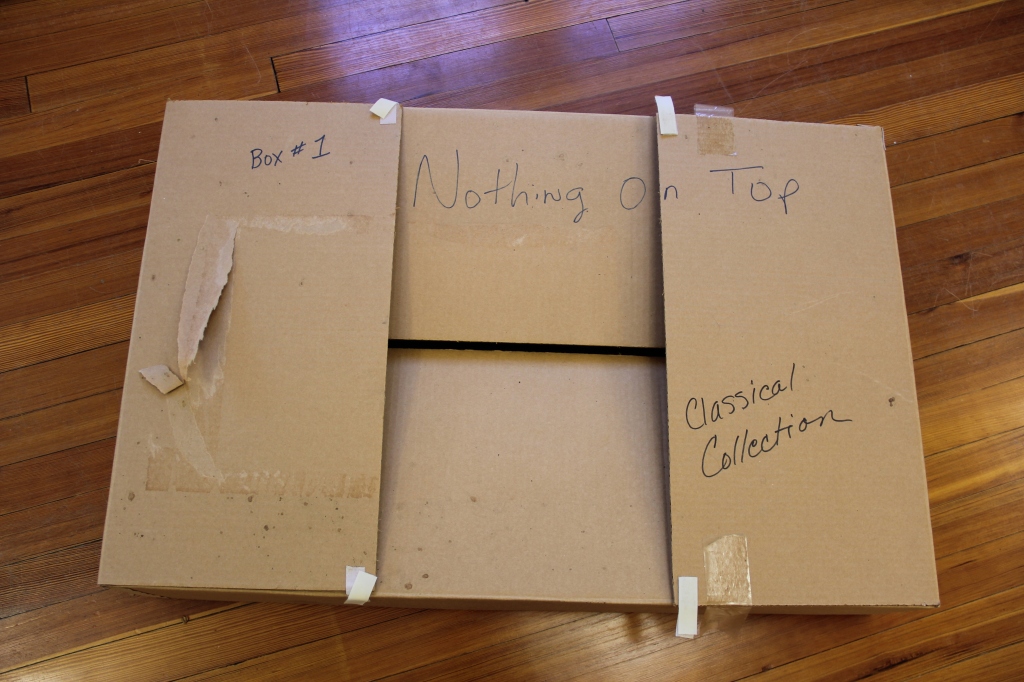
(They all arrived in boxes like this one)
We believe the collection came to the Academy sometime in the early 1940s, as there were some photographs and labels from that time, and indications there had been an exhibition at the Addison Gallery of American Art. It also seems like the collection went into storage sometime in the 1980s. Meaning this material had not seen the light of day in around 40 years. These are all best guesses, as there was a very short paper trail associated with the collection. Parts of its provenance are unknown.
With the help of a few volunteers and students, we spent time in 2023 working with the material. Unpacking items one at a time, photographing each item, and assigning catalog numbers. Each item was originally wrapped in bubble wrap and tissue paper(!) so we upgraded storage to modern museum standards (well, as best we could do while the building was under construction).

(Much better than bubble wrap and duct tape older than me!)
Once the collection was better documented and houses, we wanted to know exactly what we had. While the staff here is very knowledgeable, ancient antiquities are a bit outside our wheelhouse an expert classic world art and antiquities, was invited to provide basic identification and dates for each item. Most of the collection was authentic to our surprise, with only a few reproductions.
So, we had all these items roughly identified, and properly stored, now what? Well, naturally we threw a party. The building had recently reopened after construction had (mostly) finished and we used the Hornblower Galley to host an open house. Mediterranean food, and exhibit labels, and the campus community helped us have a grand old evening showing off the new/old collection.
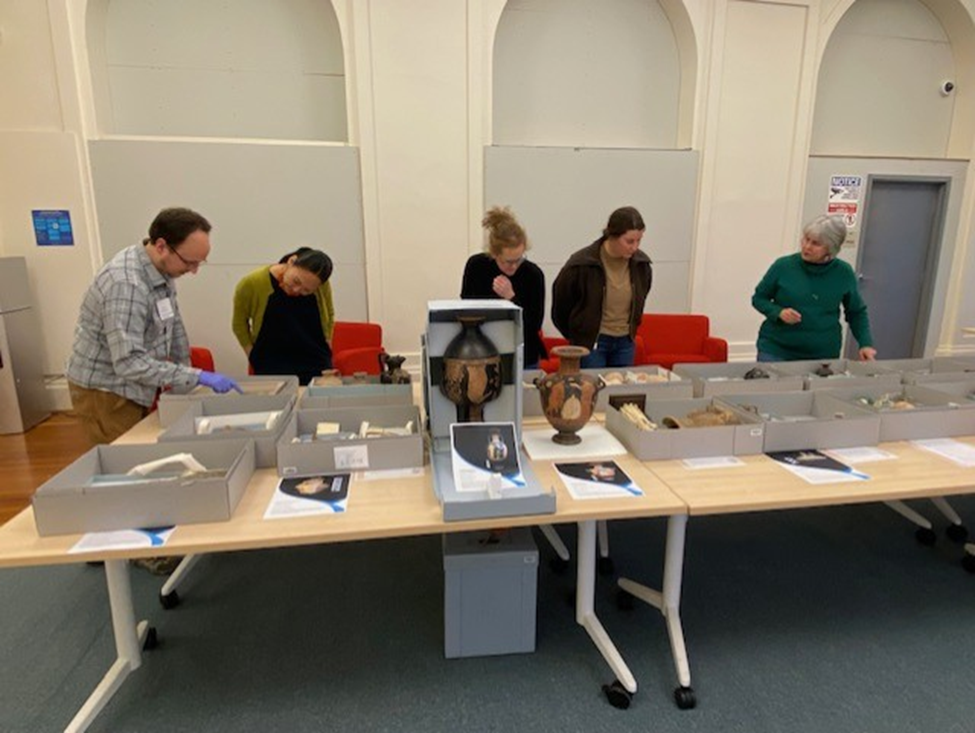
(that’s me in the gray!)
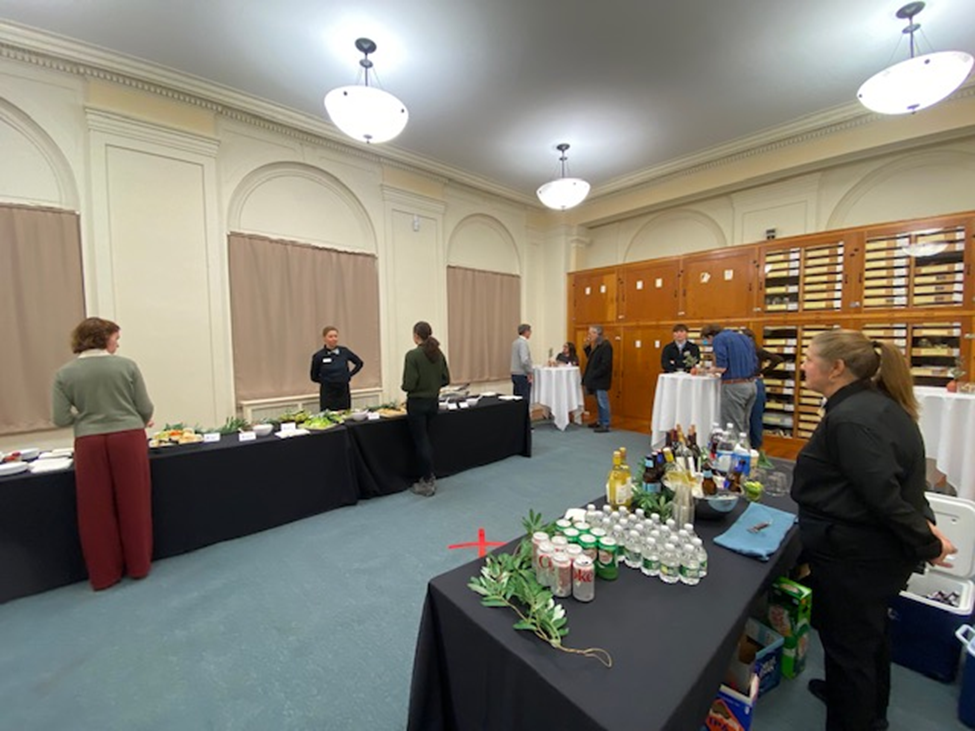
The Peabody Institute is now making the PA Classical Collection available for use in classes. While the Peabody has no specific lessons plans associated with this collection, our hope is for teachers to incorporate items they are interested in into their existing classes, be it art, language, history, etc. We have already had some success in bringing items to Latin classes! It’s nice that a collection once shown at PA is about to rejoin the community, adding historical context and facilitating learning for a whole new generation of students. This whole blog isn’t just about the collection though, it’s really a cautionary tale about the importance of deep cleaning, you never know what might be back there!

